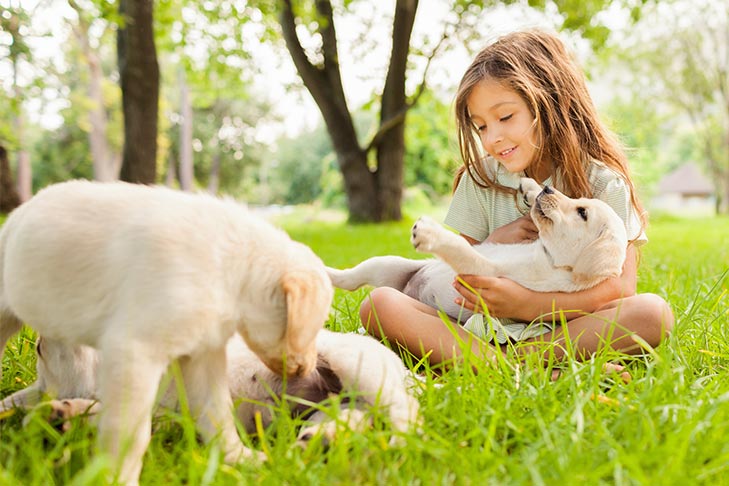Socialization is crucial for a pet’s overall well-being and happiness. It helps them develop into well-adjusted, confident animals who can handle new experiences and environments with ease. Proper socialization can also prevent behavioral issues and foster a strong bond between you and your pet. Here’s a comprehensive guide to socializing your pet for a happier, more balanced life.
1. Start Early
For puppies and kittens, the early weeks of life are the most critical for socialization. Introducing them to a variety of people, animals, and environments during this time helps them grow into confident adults. Aim to expose them to different sights, sounds, and experiences in a positive way before they reach 16 weeks of age.
2. Create Positive Experiences
The key to successful socialization is ensuring that all new experiences are positive. Use treats, praise, and toys to create a positive association with new people, animals, and environments. For example, if you’re introducing your puppy to a new person, offer treats and praise when they approach calmly.
3. Gradual Introductions
Introduce your pet to new experiences gradually. Start with less intimidating situations and slowly progress to more challenging ones. For instance, if your dog is nervous around other dogs, begin with brief, controlled interactions and gradually increase the time and complexity of these encounters.
4. Expose to Different Environments
Expose your pet to various environments to help them adapt to different settings. Take them on car rides, visit parks, or stroll through busy areas. The goal is to help your pet become accustomed to different sights, sounds, and smells in a positive and controlled manner.
5. Encourage Positive Interactions with Other Pets
Arrange playdates or group classes with other well-socialized pets. Ensure that interactions are supervised and positive. Socializing with other animals helps your pet learn proper behavior and communication skills. Always monitor the interactions to ensure they are friendly and appropriate.
6. Handle and Groom Regularly
Regular handling and grooming are essential for socialization. Get your pet used to being touched, brushed, and examined. This can help them feel more comfortable with veterinary visits and grooming sessions. Use treats and praise to make these experiences positive.
7. Expose to Different People
Introduce your pet to a variety of people, including men, women, children, and individuals of different ages and ethnicities. This helps your pet become comfortable around different types of people and reduces the likelihood of fear or aggression.
8. Attend Training Classes
Enrolling your pet in obedience or socialization classes can provide valuable learning opportunities. Training classes expose your pet to other animals and people in a controlled environment and offer structured socialization experiences. They also provide guidance on handling and training techniques.
9. Use Positive Reinforcement
Always use positive reinforcement techniques during socialization. Reward your pet with treats, praise, or playtime when they exhibit desired behaviors or handle new experiences well. Avoid using punishment, as it can create fear and anxiety, hindering the socialization process.
10. Monitor and Adjust
Pay attention to your pet’s reactions and adjust socialization activities accordingly. If your pet shows signs of fear or anxiety, take a step back and proceed at a slower pace. Gradually increase the level of exposure as your pet becomes more comfortable and confident.
11. Socialize Throughout Life
Socialization is not just for puppies and kittens; it should be an ongoing process throughout your pet’s life. Continue to expose your pet to new experiences, environments, and social situations to keep them well-adjusted and adaptable. Regular socialization helps prevent behavioral issues and maintains your pet’s confidence.
12. Provide Safe Spaces
Ensure that your pet has a safe space where they can retreat if they feel overwhelmed. This could be a crate, bed, or a quiet room. Having a safe retreat helps your pet feel secure and allows them to manage their stress levels during new experiences.
13. Be Patient and Consistent
Socialization takes time and patience. Be consistent in your efforts and avoid rushing the process. Progress may be slow at times, but with patience and positive reinforcement, your pet will gradually become more comfortable and confident.
Conclusion
Socializing your pet is a vital aspect of their development and happiness. By introducing them to a variety of experiences, environments, and social situations in a positive and controlled manner, you help them become well-adjusted, confident, and happy animals. Remember, socialization is an ongoing process that contributes to your pet’s overall well-being and strengthens your bond with them. Enjoy the journey of discovering new experiences together and watch your pet thrive!


